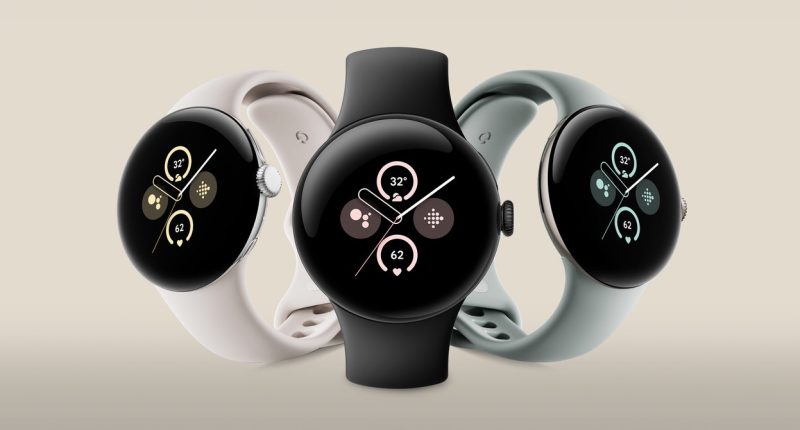You’ll be hard-pressed to find this next new feature on another smartphone: a temperature sensor. This is exclusive to the Pixel 8 Pro. Google says you’re able to measure the temperature of almost anything by pointing the sensor on the back of the Pixel to an object. I measured cups of hot and iced water, and it delivered results quite quickly, though you have to get very close to the thing you want to measure, and you’ll get more accurate results if you choose one of the preset options on the material you’re trying to read, like glass or ceramic. (Google says these presets help calibrate the sensor.) Theoretically, you can even measure someone’s body temperature. Google has submitted the app to the FDA for this purpose, but it hasn’t been cleared for such use.
These new phones are powered by Tensor G3, Google’s third generation of its custom silicon processor, and the company says “every subsystem has been upgraded,” including the image signal processor to improve the Pixel’s picture-taking capabilities. Speaking of, the Pixel 8 has an upgraded 50-megapixel primary camera with what Google claims is a 20 percent improvement in light sensitivity. (More light sensitivity means brighter and sharper photos, especially in low light.) It’s joined by a 12-megapixel ultrawide camera that supports macro mode from the Pixel 7 Pro, so you can capture close-ups.
The Pixel 8 Pro has upgraded light-gathering capabilities in all three of its cameras: a 50-megapixel main camera, a 48-megapixel ultrawide, and a 48-megapixel telephoto camera with 5X optical zoom. Its macro mode can now get even closer to a subject, and the Pro’s autofocus system is now “multi-zone,” allowing for a wider cone of focus in photos. This Pixel also gets an exclusive Pro camera mode that allows shutterbugs to tweak things like ISO and shutter speed while still taking advantage of the Pixel’s computational photography.
Both phones have a 10.5-megapixel selfie camera, but I have good news and bad news. There’s finally autofocus on the front-facing camera, allowing you to see all your pores in sharp detail. Unfortunately, this is available only on the Pixel 8 Pro. The Pixel 8’s front camera has a fixed focus.
There are some new camera software tricks this year. The coolest is Video Boost mode, yet another exclusive for the Pixel 8 Pro. Here, when you take a video in low-light conditions (up to 4K, 30 frames per second), the clip is sent to Google’s cloud servers for processing and is then sent back to you—depending on the length of the video, it can take several hours. However, the improvements are startling. Google showed me clips using this mode versus those from the iPhone 14 Pro, and the Pixel’s video was much brighter and sharper, with better stabilization.
Magic Editor is a new tool in Google Photos that allows you to edit a photo in a variety of ways. You can change the position of a subject—in a demo, a Google spokesperson moved a kid throwing a basketball from the ground to the hoop, making it look like he was dunking; you can even move shadows, and the software knows to fill in the background with similar textures. Google also showcased changing the lighting of the scene to golden hour, to simulate warm sunset tones. Another capability is Audio Magic Eraser, which can be used to remove unwanted sounds in your videos, such as an ambulance siren going off while you’re trying to record a song on your violin. Google’s also bringing Real Tone, which enables more accurate skin tones for people of color, to videos. And there’s a new tool to change the face of someone in a group photo—maybe they blinked or looked away from the camera—with another one. These features blew me away so much when I was sitting through the demo that I’ve written about them in greater detail in a separate story.








